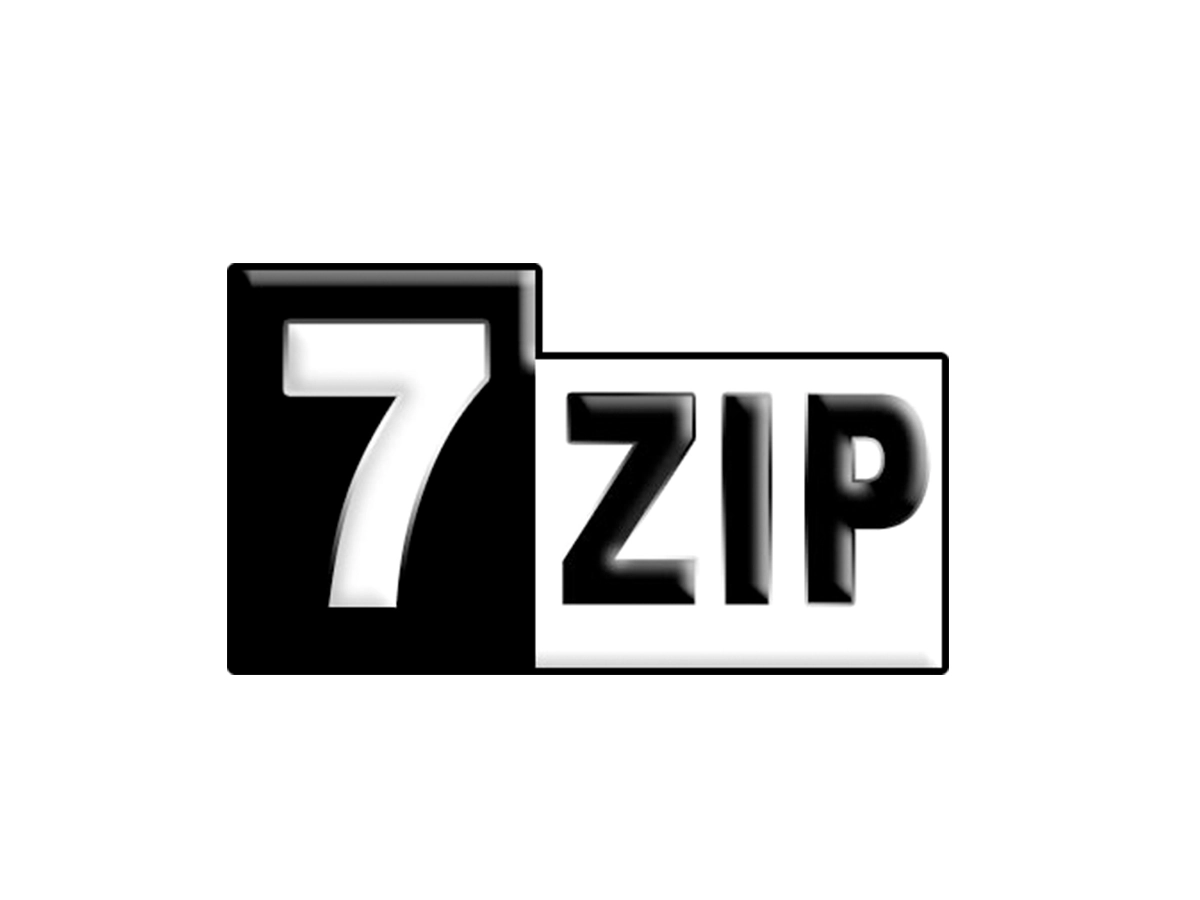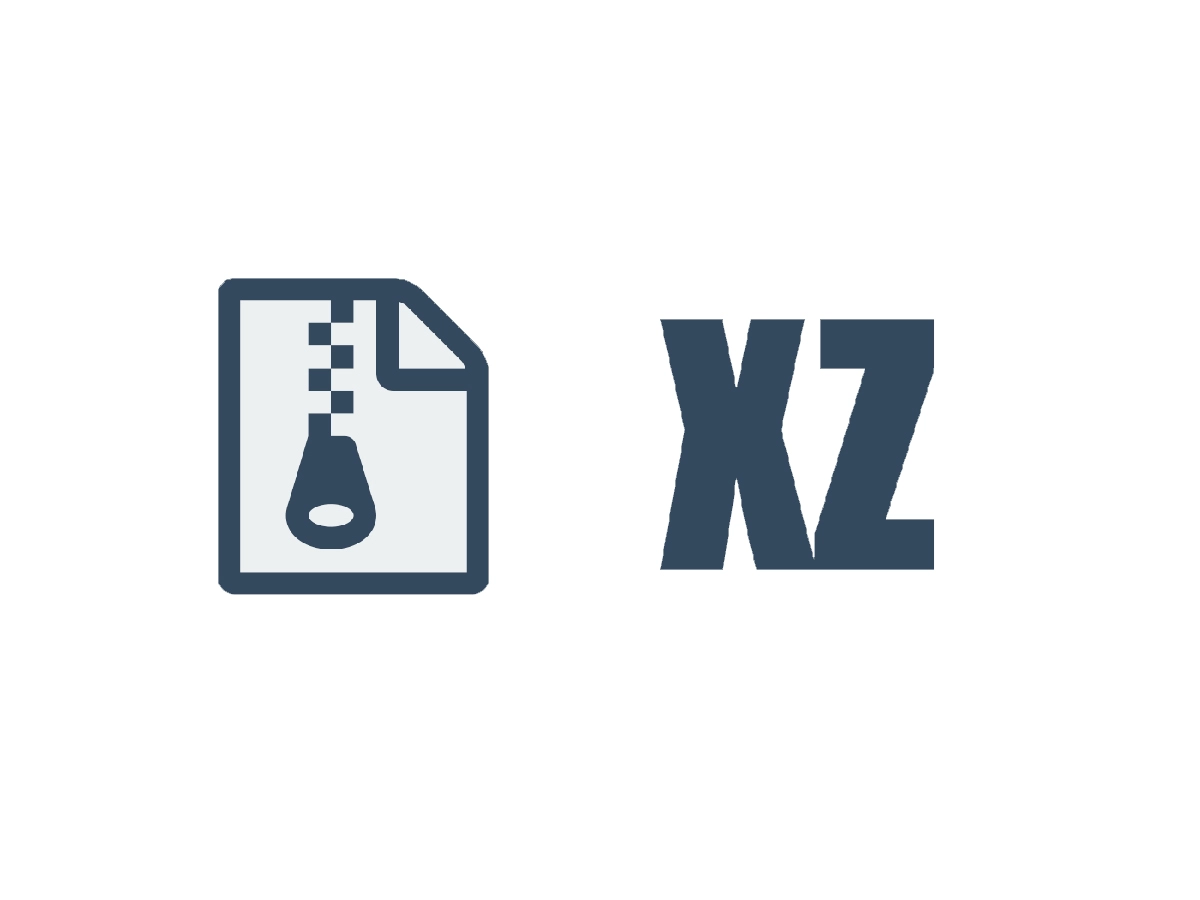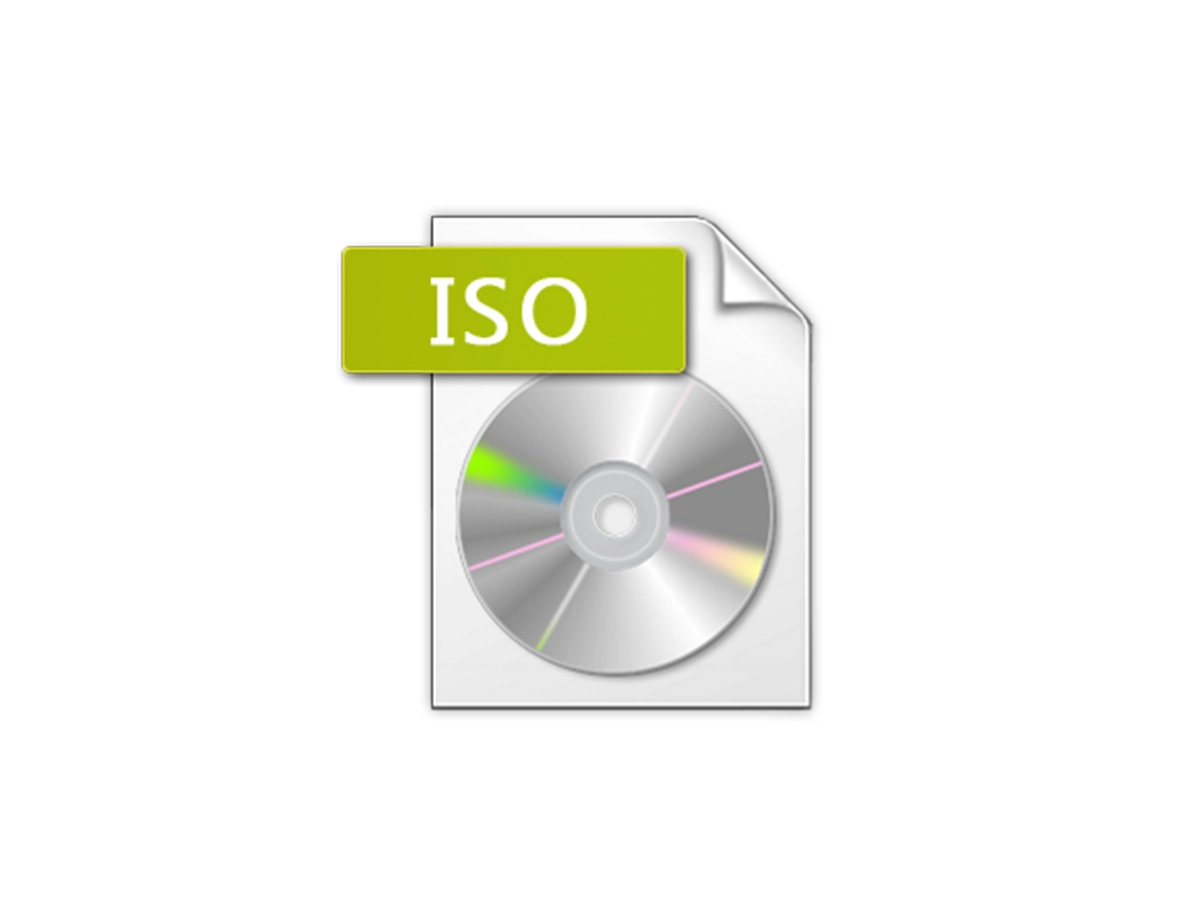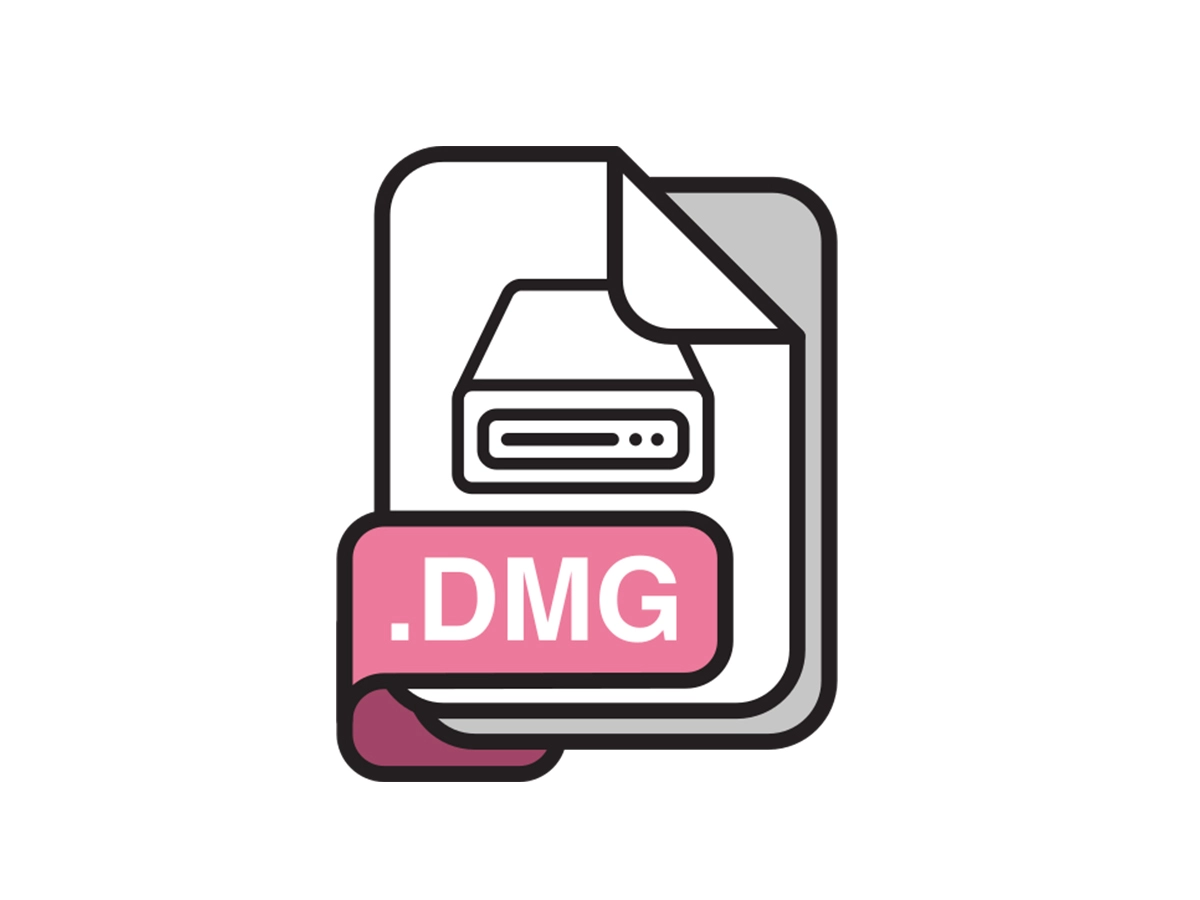The 10 Most Commonly Used Compression Formats
What should you do if you need to merge large amounts of data into a single folder or archive? The best solution is to compress the files. File compression helps reduce file size without compromising quality while also allowing multiple files to be combined into one folder.
Today, there are various compression formats available, each with its own strengths and weaknesses. To help you choose the right one, Carisinyal has compiled a list of the 10 most commonly used compression formats.
1. ZIP

The ZIP format is one of the most popular and widely used compression formats. It allows multiple files to be combined into a single archive, making file distribution easier while also reducing file size.
ZIP is supported across various operating systems, including Windows, macOS, and Linux. It also offers encryption, though its security features are not as robust as some other formats. Nevertheless, ZIP remains a reliable choice for everyday use.
2. RAR

RAR is a compression format known for its higher compression ratio compared to ZIP. However, it requires specialized software like WinRAR to create or extract archives.
One of RAR's advantages is its support for incremental compression, allowing large archives to be split into smaller parts. This makes it easier for users to send or download files in sections rather than all at once.
Additionally, RAR includes a data recovery feature that can help restore damaged or lost archives, making it a reliable choice for file storage and transfer.
3. 7Z

The 7Z format, introduced by the 7-Zip software, offers a high compression ratio thanks to its use of the LZMA algorithm. It also supports AES-256 encryption, making it a great choice for users who need enhanced security.
Additionally, 7Z can compress various file types, including documents, images, and multimedia files. It often produces smaller file sizes compared to ZIP or RAR, making it an efficient option for storing or sharing files when space is limited.
4. TAR.GZ

TAR.GZ combines two processes: archiving with TAR and compression with GZIP. This format is widely used by Linux users as it allows multiple files to be combined and compressed in a single step.
TAR.GZ is commonly used for distributing open-source software, as it simplifies packaging large numbers of files at once. While its compression ratio may not be as efficient as some other formats, it offers great flexibility for software developers.
Additionally, TAR preserves folder structures and file metadata, making it an ideal choice for packaging entire directories or complex file systems.
5. GZIP

GZIP is a compression format commonly used to reduce the size of text files, particularly on UNIX and Linux systems. Files compressed with GZIP typically have the “.gz” extension and are often used for transferring data over the internet, such as log files or website assets.
GZIP is also widely used in the HTTP protocol to speed up web page loading times by compressing files before they are sent from the server to the client.
As a result, enabling GZIP compression is one of the simplest and most effective ways to improve website performance, especially for users with slower internet connections.
6. BZIP2

BZIP2 is a compression format that provides a higher compression ratio than GZIP, though it requires more time to process. It is widely used in the Linux and UNIX communities for compressing large files that need efficient storage.
BZIP2 utilizes the Burrows-Wheeler algorithm, which is highly effective in reducing the size of text files. Due to its strong compression capabilities, this format is often used for archiving files that need long-term storage and are not frequently accessed.
7. XZ

XZ is a compression format similar to BZIP2 but more efficient in reducing file size. It uses the LZMA2 algorithm, which provides excellent compression, making it a popular choice for Linux system archives and software distributions.
Although XZ takes longer to compress, its superior compression results make it ideal for long-term archiving where minimizing file size is crucial. Additionally, XZ supports multi-threading, allowing users to utilize more CPU resources to speed up the compression process.
8. ISO

ISO is an archive file format used to create exact copies of data from optical discs like CDs, DVDs, or Blu-rays. While it’s not technically a compression format, ISO combines all the data from the disk into a single file, which can be further compressed with other formats if necessary.
ISO is commonly used to create backup copies of physical media and for distributing software that requires installation from a virtual disk.
Additionally, the ISO format allows users to boot from virtual media, making it especially useful for operating system installations when there are issues with optical disk drives.
9. DMG

DMG is a compression and archiving format used exclusively on macOS. It is commonly used to distribute macOS applications and allows users to "mount" files as virtual drives to simplify the installation process.
DMG also supports both compression and encryption, ensuring secure software distribution within the Apple ecosystem. macOS users are likely very familiar with DMG, especially when downloading and installing applications from external sources.
10. ZSTD (Zstandard)

ZSTD is a relatively new compression format developed by Facebook to deliver faster compression while maintaining good efficiency. It is widely used in modern data storage and distribution systems because of its excellent performance in both compression and decompression.
ZSTD is becoming increasingly popular among cloud storage services and has been adopted in many open-source projects as an alternative to GZIP and BZIP2 due to its strong balance between speed and compression efficiency.
Additionally, ZSTD offers customizable compression levels, allowing users to choose a balance between compression speed and file size that best fits their needs.
Those are the 10 most popular compression formats today, widely used in various sectors and applications for digital data management. While there are many other compression formats available, the ones mentioned here are among the most commonly used.
